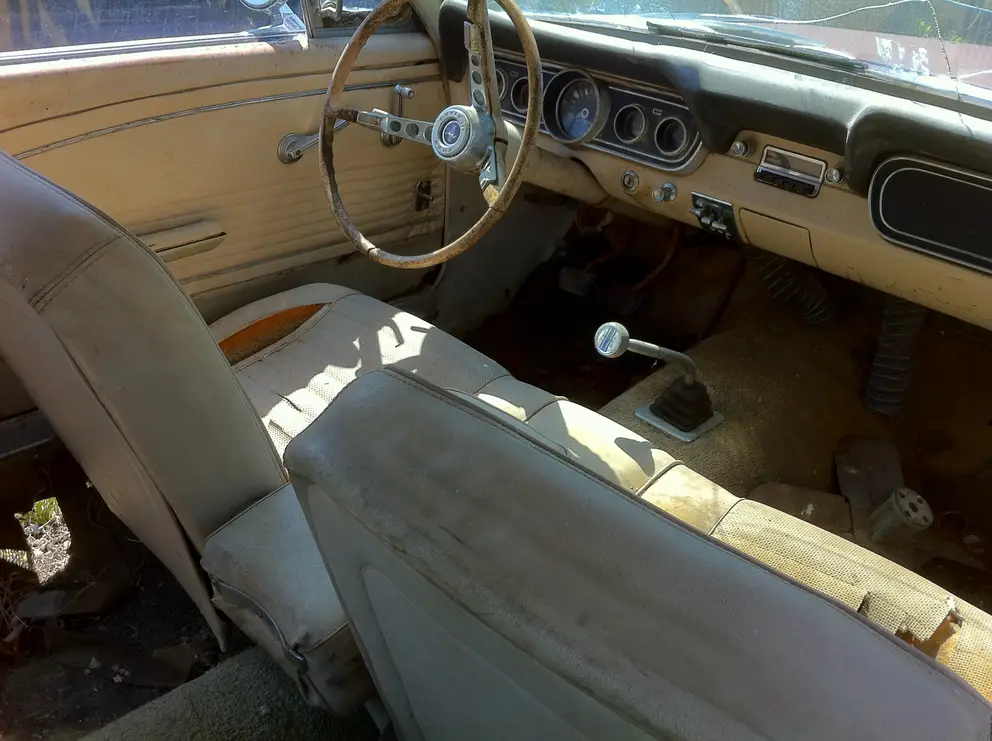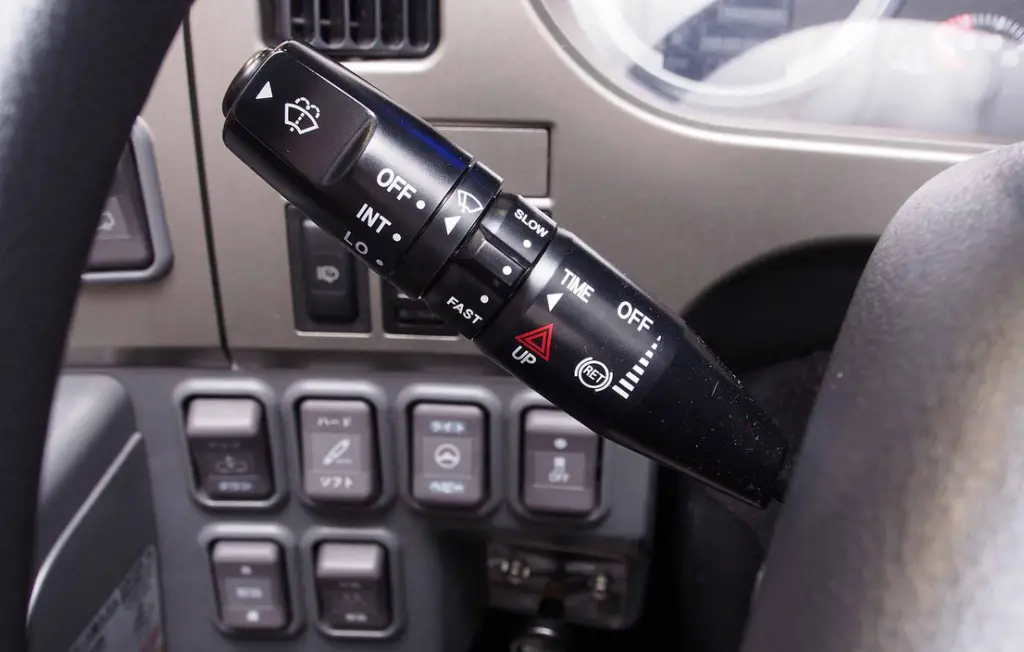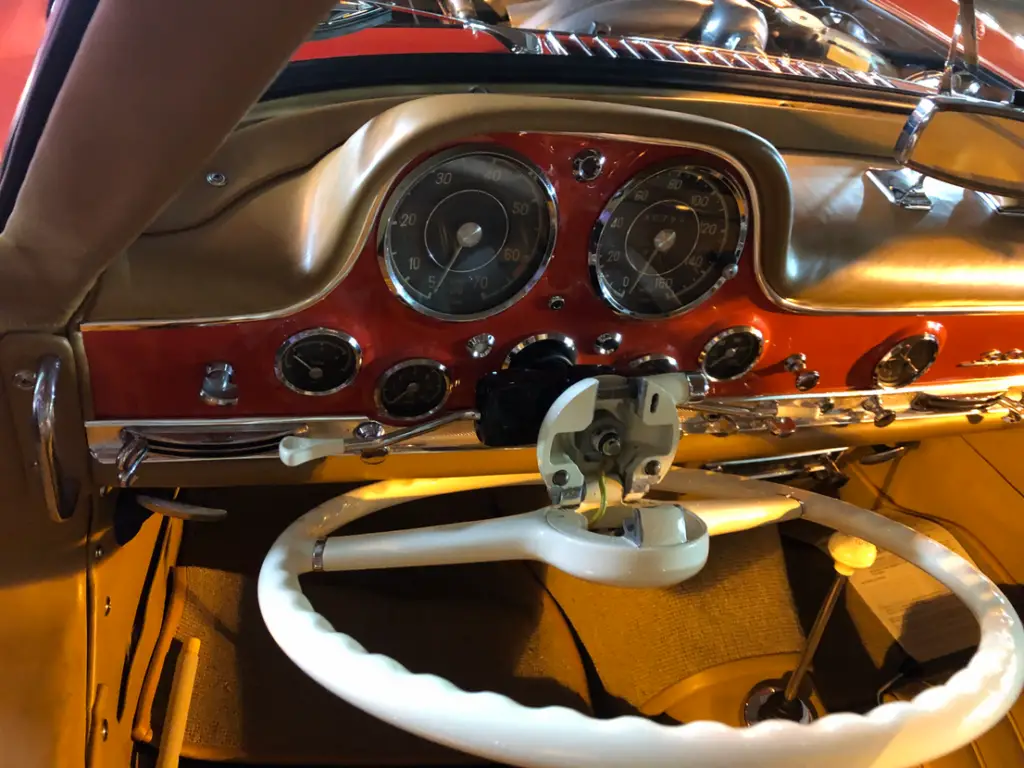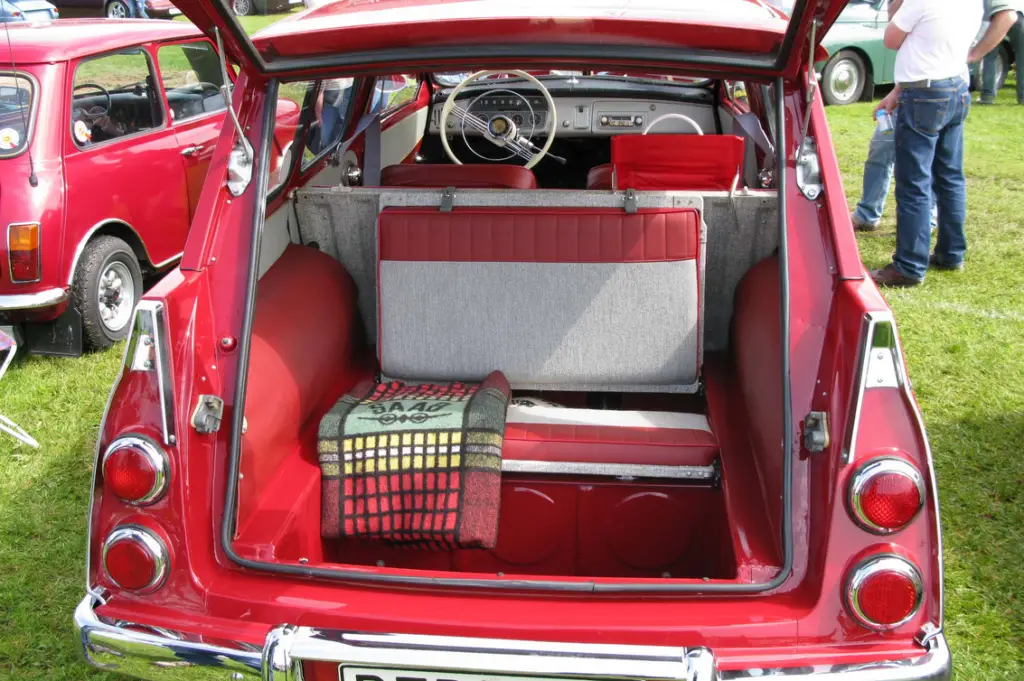The 1960s and 1970s were a golden era for car design, blending style, innovation, and practicality in ways that still spark nostalgia today. While modern vehicles boast high-tech gadgets and touchscreens, there’s something to be said for the simple, thoughtful features of classic cars. These vintage innovations weren’t just cool—they made everyday driving a breeze. Here are 12 iconic car features from the ’60s and ’70s that were the height of convenience.
1. Bench Seats

Back in the day, front bench seats were standard in many cars, offering unmatched versatility. These wide, cushioned seats made it easy to slide over to the driver’s side or cozy up to a passenger. They also provided plenty of room for three people, perfect for family outings or road trips with friends. The bench seat was a little slice of living room comfort on the open road—something bucket seats just can’t replicate.
2. Vent Windows

Before air conditioning became standard, vent windows were a game-changer. These small, triangular windows could be tilted to direct a breeze into the car, offering natural airflow on hot days. They also helped reduce wind noise and were perfect for flicking out ashes if you were a smoker (and, let’s be honest, a lot of folks were back then). It was a simple, clever design that kept things cool before “climate control” was even a thought.
3. Push-Button Transmissions

During the 1960s, several automakers experimented with push-button transmissions, and it felt like a glimpse into the future. Instead of a traditional gear shift, you’d just press a button on the dashboard to switch gears. It freed up space in the cabin and added a touch of modernity to the driving experience. While the trend didn’t last, it certainly made an impression and showcased the era’s willingness to try new ideas.
4. Hideaway Headlights

Cars like the Pontiac GTO and Chevrolet Corvette introduced hideaway headlights, which added a sleek, streamlined look to the front end. These headlights would flip up when needed and tuck away when not, giving cars a smooth, futuristic vibe. Not only did they enhance aerodynamics, but they also provided a bit of showmanship. Seeing those lights pop up felt like a little magic trick on wheels.
5. Ashtrays and Lighters in Every Seat

While smoking in cars isn’t something we see much of today, back in the ’60s and ’70s, it was practically expected. Many cars came with built-in ashtrays and lighters for every passenger, including those in the back seat. It was a nod to comfort and convenience, allowing smokers to light up without a fuss. While it might seem odd now, back then it was as common as cup holders are today.
6. Manual Crank Windows

Before power windows became the norm, manual crank windows were the way to go. These simple, reliable mechanisms rarely broke down and didn’t rely on electronics to function. Plus, you never had to worry about a dead battery trapping you inside. Cranking down the window had a tactile satisfaction to it—something modern buttons just can’t match.
7. Column Shifters

Column shifters, often found in cars with bench seats, freed up floor space and made it easy to slide across the front seat. The shifter was mounted on the steering column, and changing gears felt natural and smooth. This design also allowed for more legroom and a spacious feel in the cabin. It was a practical feature that prioritized comfort and convenience for drivers and passengers alike.
8. Floor-Mounted Dimmer Switches

In classic cars, you’d often find the dimmer switch for the headlights on the floor, activated by a tap of your left foot. This design kept your hands on the wheel and made adjusting your headlights a breeze. It was a small feature, but it showed just how much thought went into convenience back then. Today’s stalk-mounted controls get the job done, but they lack that satisfying click of the old-school floor switch.
9. Full-Size Spare Tires

Unlike today’s space-saver spares, cars in the ’60s and ’70s often came with full-size spare tires. This meant that if you got a flat, you could swap in a proper tire and continue your journey without a hitch. It provided peace of mind, especially during long road trips. There was no need to limp along to the nearest tire shop—your car was ready for anything.
10. Tilt and Telescoping Steering Wheels

Adjustable steering wheels were a big deal when they first appeared, allowing drivers to find the perfect position for comfort and control. The tilt feature let you change the angle, while the telescoping function allowed the wheel to move in and out. It was an early step toward customizable comfort, accommodating drivers of all shapes and sizes. This feature made long drives much more enjoyable.
11. Rear-Facing Third Row Seats

Station wagons were the ultimate family vehicles in the ’60s and ’70s, and many featured rear-facing third-row seats. Kids loved these seats because they offered a unique view of the road and felt like their own private space. Parents appreciated the extra room, and folding the seats flat provided ample cargo space. It was a practical, fun feature that made family road trips even more memorable.
12. Built-In Cooler Compartments

Some classic cars, particularly luxury models, included built-in cooler compartments. These compartments allowed you to keep drinks and snacks chilled on the go, perfect for picnics, road trips, or tailgating. It was a sign of thoughtful design, showing how automakers understood the needs of families and adventurers. Before fancy mini-fridges and USB-powered coolers, this feature was as good as it got.
Looking back, it’s clear that the car features of the ’60s and ’70s weren’t just about style—they were all about making life easier. These innovations offered comfort, practicality, and a bit of flair that modern cars often lack. While technology has taken us a long way, there’s something undeniably charming about the straightforward, thoughtful designs of classic cars.


